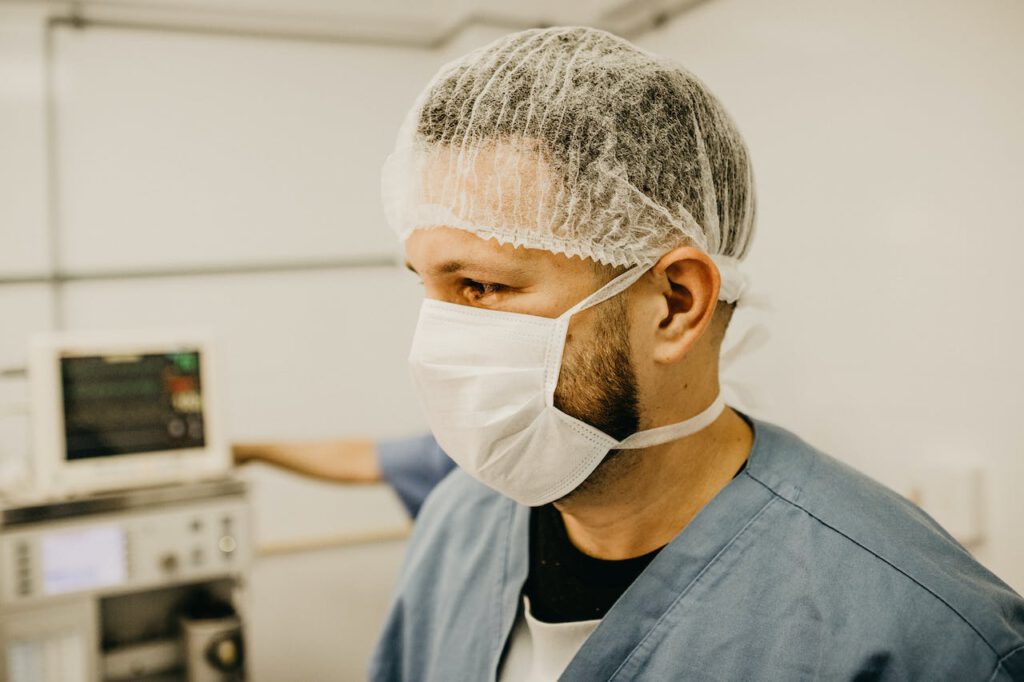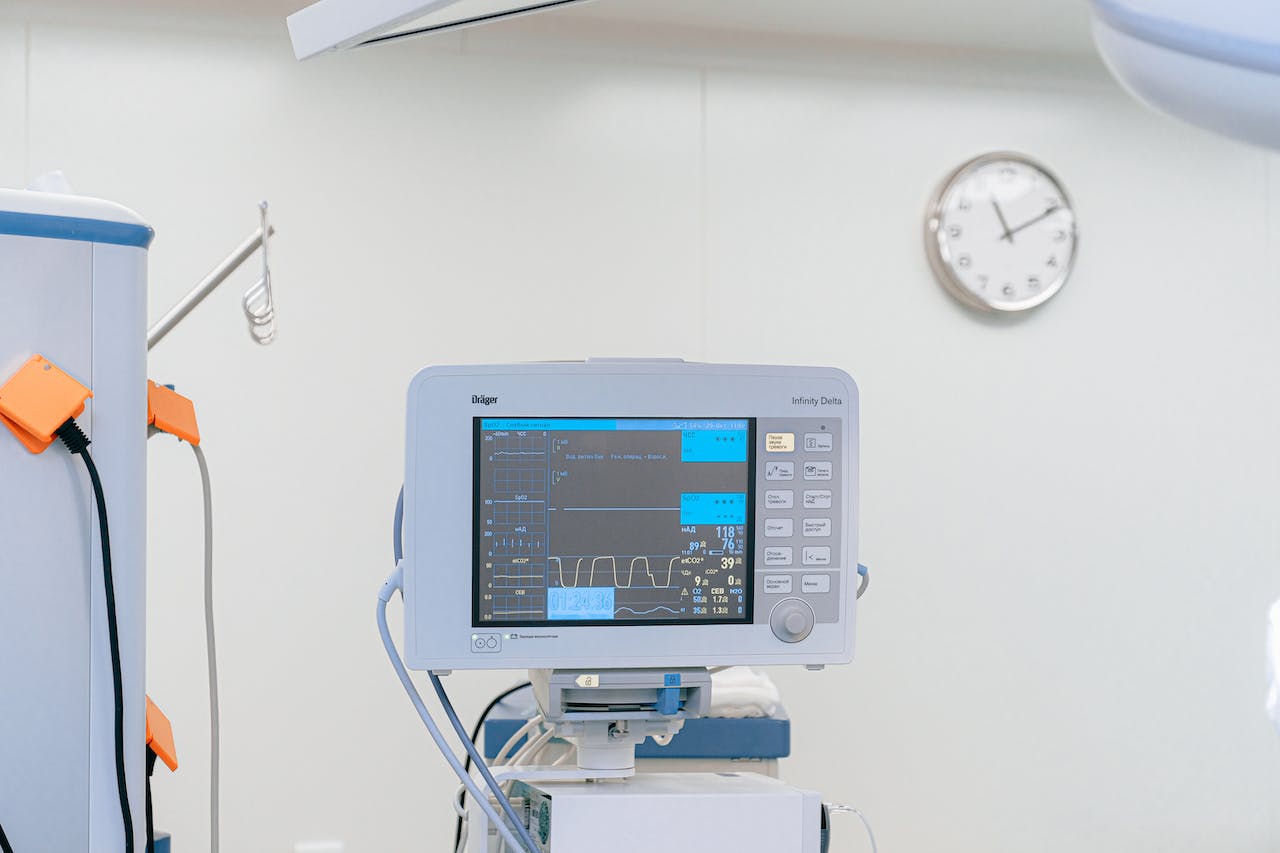Osseointegration, a revolutionary surgical procedure, marks a significant milestone in prosthetic technology, offering a new lease of life to limb amputees. This advanced method, which integrates prosthetic limbs directly into the bone, is a major advancement in enhancing stability and functionality for those who have experienced limb loss. Clinics like AOFE are at the forefront of offering this transformative surgery, leading to remarkable improvements in the overall health and quality of life of patients.

Understanding the essence of osseointegration
This surgical technique involves the insertion of a metal implant directly into the bone of the amputated limb. A click prosthesis is then connected to this implant. This method stands out from traditional socket prostheses, offering increased mobility and a significant reduction in discomfort. The osseointegration prosthesis process marks a departure from the limitations of conventional prosthetics, opening up new possibilities for amputees to lead more active and fulfilling lives. Determining whether an individual is a suitable candidate for osseointegration involves evaluating various factors. Ideal candidates typically include those who experience challenges with traditional socket prostheses, such as frequent discomfort, limited mobility, and issues like blisters or pressure sores. Understanding these criteria is crucial in identifying those who would benefit most from this advanced surgical procedure. Not everyone is a candidate for osseointegration. Certain health conditions, like severe diabetes with complications, smoking habits, a high body mass index, or severe peripheral vascular disease, can impede the success of the surgery and the healing process. It’s essential to consider these exclusions to ensure the safety and effectiveness of the osseointegration procedure.
The surgical procedure and its impact
The actual osseointegration surgery is performed by a team of skilled surgeons and medical professionals. Following the surgery, patients undergo a period of recovery in a specialized nursing ward, where they receive optimal care and attention. The rehabilitation process is a critical component of the success of osseointegration, typically starting a few weeks post-surgery. The timing of rehabilitation is adjusted according to individual needs and circumstances, ensuring the best possible outcome for each patient. In osseointegration, the choice of prosthesis system is crucial. The Dutch OTN Implants osseointegration system, for instance, consists of a pressfit titanium implant and a connector. The rough surface of the titanium implant is designed to maximize osseointegration capacity. The size and type of implant are carefully selected based on the specific anatomy of the patient’s stump bone. Rehabilitation following osseointegration surgery is vital for ensuring the success of the procedure. It typically begins several weeks after surgery, depending on the bone quality and ingrowth. The rehabilitation process is personalized, with adjustments made to meet the unique needs of each patient. Osseointegration offers numerous advantages, including enhanced mobility, reduced discomfort, and an improved quality of life. However, as with any surgical procedure, there are risks involved. These are comprehensively discussed with patients to ensure they are fully informed before proceeding with surgery. Osseointegration represents a groundbreaking shift in prosthetic technology, offering new possibilities and freedoms to those who have experienced limb loss.

